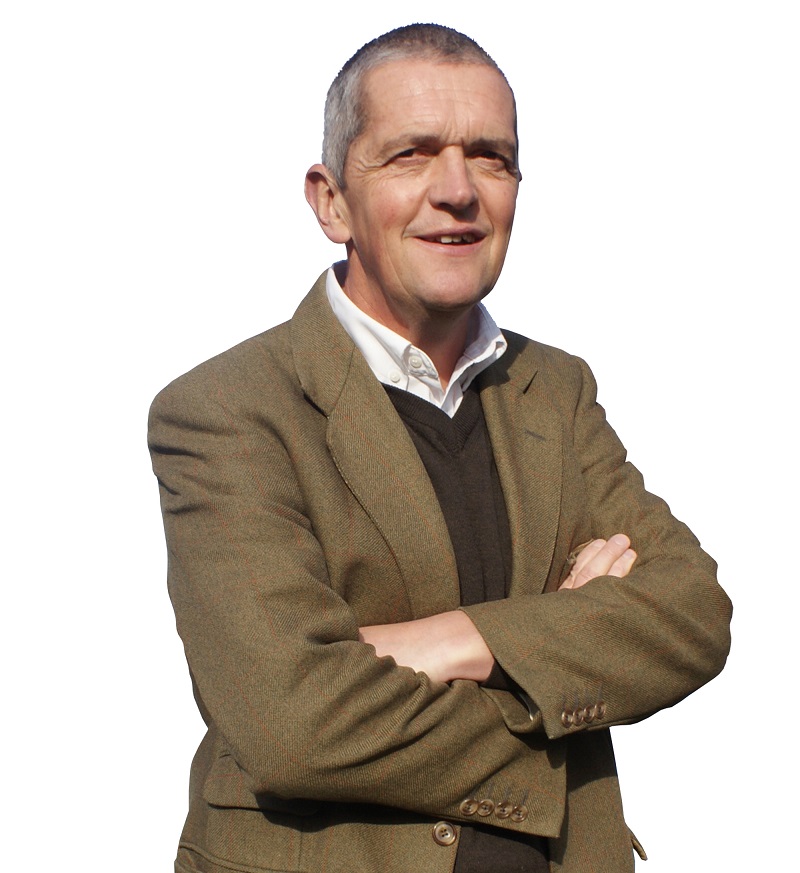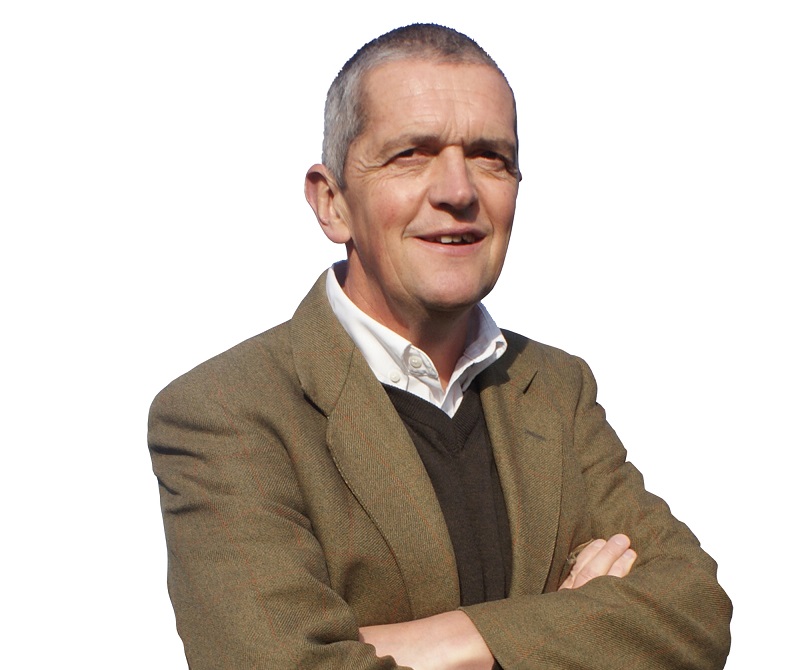 For the second year running I recently had the pleasure of chairing the Soil Water Management Centre conference, aptly titled this year ‘Carbon, Traffic and Tillage’. Also for the second year running, thanks to COVID, it was held virtually rather than live at Harper Adams.
For the second year running I recently had the pleasure of chairing the Soil Water Management Centre conference, aptly titled this year ‘Carbon, Traffic and Tillage’. Also for the second year running, thanks to COVID, it was held virtually rather than live at Harper Adams.
For obvious reasons, chairing a virtual audience is disconcertingly different from the real thing. At least with a live audience you can see who is paying attention as opposed to who is looking at their mobile phones or, dare I say it, who is having a little nap. With a virtual audience, for all the chairman knows, the audience could actually be lying in bed in their onesies eating pizza while stroking the cat.
However, I’m sure the 150 or so delegates that were beaming into the SWMC conference were properly dressed at their office desks, giving the papers their full attention. And there were plenty of papers that merited full attention.
One topic that cropped up quite a bit was metrics. When it comes to carbon and soil health, that old adage ‘if you can’t measure it, you can’t manage it’ is very pertinent. At Harper they are ten years into a long-term study looking at the impact of various tillage regimes on soil conditions. One of the more interesting metrics here was counting springtails and earthworms in the soil as good indicators of soil health.
Unfortunately springtails can be as small as a fraction of a millimetre, meaning they are probably beyond the average farmer when it comes to a bit of ‘show and tell’. Earthworms seem a far more practical prospect, however, to my surprise the researchers recommended the use of a mustard solution to ‘agitate’ the worms in a soil sample to make them more visible. The advice was that Colman’s table mustard would suffice but concern for worm welfare suggested you shouldn’t make the solution too strong.
Of course the emerging front runner as a metric when it comes to measuring soil health and carbon sequestration is organic matter. It was interesting to hear there’s work being done at both Harper and Rothamsted to better understand the best way to sample and measure this. The enthusiasm of some of the researchers for this topic was notable. Most striking was the comment from one scientist, who said he looked forward to the day he became soil organic matter. Call me over-hesitant but I remain of the view it’s best not to rush into these things.
The inheritance
I don’t suppose I’m the only farmer of a certain age who was bequeathed a farm workshop full of ‘stuff’, accumulated by a father who spent a lifetime going to sales buying ‘stuff’ that he had no immediate use for. It was a case of ‘stuff’ bought on the overwhelming temptation that it ‘was a bargain’ and that ‘it might just come in useful one day.’
Consequently for many years I’ve stared at greased boxes full of high tensile steel rods, the purpose of which I’ve never been sure of. But when a bit of decorative garden art was needed, I hit upon the idea of some giant alliums. Finally those old rods came into their own – welded to a ball from a tractor link-arm, perched on an old bit of steel reinforcing rod. I’m not sure if it’s the sort of thing dad had in mind when he bought them but I kind of hope he’d approve.
Guy Smith grows 500ha of combinable crops on the north east Essex coast, namely St. Osyth Marsh – officially the driest spot in the British Isles. Despite spurious claims from others that their farms are actually drier, he points out that his farm is in the Guinness Book of Records, whereas others aren’t. End of. @essexpeasant




